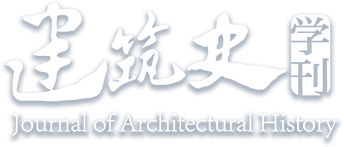Abstract:
This paper focuses on resolving the controversy surrounding the real name of the compiler of
Yingzao Fashi during Northern Song dynasty, who is known by the surname Li and his Chinese styled name Mingzhong. Two variations of his given name, “Jie” and “Cheng” were recorded, leading to an enduring debate. Notably, “Li Cheng” corresponds to 67 different individuals throughout various periods, whereas “Li Jie” consistently refers to the same person in the Song dynasty. By employing a “probability analysis proofreading method”, this research demonstrates that the likelihood of “Cheng” being mistaken for “Jie” is extremely low, thereby supporting the accuracy of the literature’s reference to “Li Jie”. Furthermore, this paper examines the close relationship between Li Mingzhong and his elder brother, Li Hui, styled Zhifu, proposing two explanatory perspectives. The first viewpoint suggests that the compiler was originally named “Li Jie”, and the references to “Li Cheng” in the literature are transcription errors. The second viewpoint posits that the compiler “changed his original name from Li Cheng to Li Jie”. The pivotal evidence supporting this perspective is Li Mingzhong’s authorship of the book
Xu Tongxingming Lu and his temporal and spatial encounter with an individual named Li Cheng from Min qing in Bianjing. It presumes that the compiler adopted the name Li Jie after becoming an official to avoid sharing the same name. The reference to “Li Cheng” in the literature may be attributed to transcription errors or the persistence of the original name. Considering the compiler’s significance as a historical figure in the field of architecture, both perspectives support the usage of “Li Jie” rather than “Li Cheng” to identify him.


 下载:
下载: